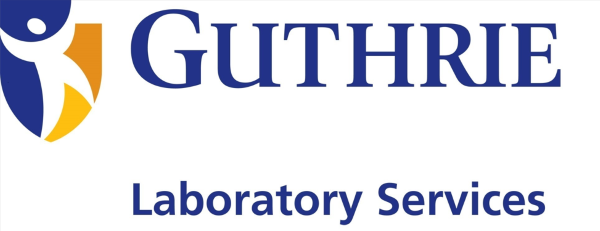| A B C D E F G H I J K L M N O P Q R S T U V W X Y Z # |
FISH, High-Grade Lymphoma Panel
Test Code91606
CPT Codes
88271 (x6), 88275 (x3)
Preferred Specimen
Formalin-fixed, paraffin-embedded tissue
Note: Transport media available upon request
Note: Transport media available upon request
Other Acceptable Specimens
3 mL (1 mL minimum) bone marrow collected in: Sodium heparin (green-top) tube, sodium heparin (royal blue-top) tube, or sodium heparin lead-free (tan-top) tube • 5x5 mm lymph node/tumor collected in paraffin block
Transport Container
Transport media
Transport Temperature
Room temperature
Specimen Stability
Specimen viability decreases during transit. Send specimen to testing lab for viability determination. Do not freeze. Do not reject.
Methodology
Fluorescence in situ Hybridization (FISH)
FDA Status
This test was developed and its analytical performance characteristics have been determined by Quest Diagnostics. It has not been cleared or approved by FDA. This assay has been validated pursuant to the CLIA regulations and is used for clinical purposes.
Setup Schedule
Daily
Reference Range
See Laboratory Report
Clinical Significance
High-grade B-cell lymphoma can be difficult to classify if histologic and immunophenotypic features are not entirely typical. Large B-cell lymphoma with monomorphic appearance or very high mitotic rate and Burkitt lymphoma cases that have atypical immunophenotypic or morphologic appearances present diagnostic difficulties. The FISH panel for MYC (8q24), t(14;18) (IGH-BCL2) and BCL6 (3q27) translocations, provides additional diagnostic information that may help in final classification and therapy selection in high-grade B-cell lymphomas as well as to assess for "double-hit" lymphomas and "triple-hit" lymphomas.
Performing Laboratory
| Quest Diagnostics Nichols Institute-Chantilly VA |
| 14225 Newbrook Drive |
| Chantilly, VA 20151-2228 |

